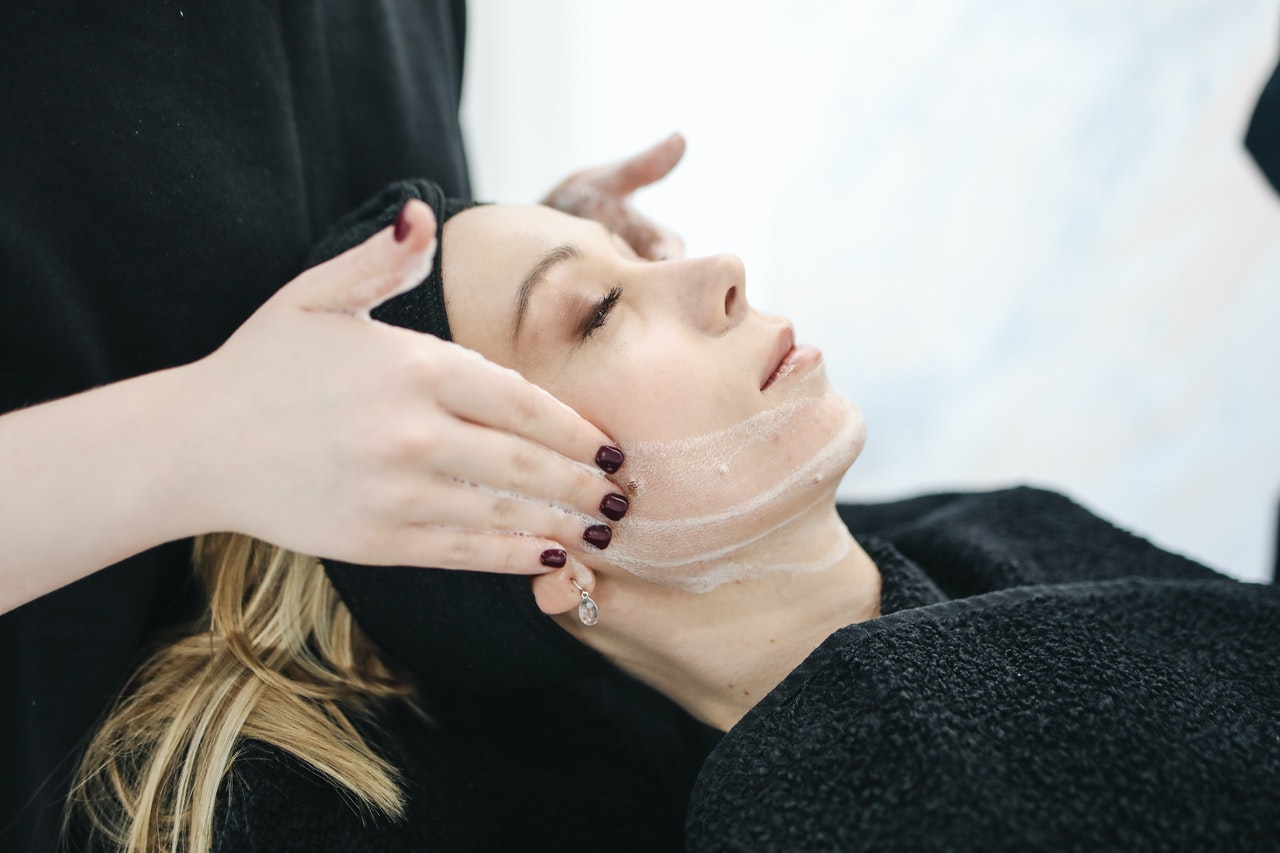With skincare, people are always in search of the next best thing. Consumers want dynamic and exciting new products to make them feel and look younger, the fountain of youth in a cream or shiny canister.
What many people do not realize is that the most effective skin care treatments and regimens have changed little in decades. One of the most effective cosmetic ingredients is lactic acid, and it has been helping to beautify skin since ancient Egyptian milk baths.
Defining Lactic Acid

An alpha hydroxy acid, lactic acid, contributes to the effectiveness of many over-the-counter skin care products and prescription and professional treatments. AHA is an effective tool in the removal of dead skin cells and the elimination or reduction of many skin imperfections, including:
- Fine lines
- Wrinkles
- Dark spots
Lactic acid occurs naturally in dairy products, and it is the compound that gives soured milk and yogurt its tang. While many people still indulge in traditional milk baths, the lactic acid found in most skin care products today is synthetic.
Advantages of Lactic Acid for the Skin

Lactic acid is vital to the exfoliation process. The AHA dissolves the bond between healthy skin cells and dull, old, or dead cells. The compound accelerates cellular turnover while stimulating cell renewal, helping to replace removed cells with healthier ones.
The exfoliation process helps brighten a person's complexion while producing a softer and smoother appearance. When people use lactic acid-based products regularly, they can experience fundamental changes without the harsh effects of other hydroxy acids.
Other AHAs can provide similar benefits to lactic acid, but they can also dehydrate the skin. However, lactic acid contains glycolic and mandelic acid, which help maintain and improve the skin's natural moisture factor. Other benefits of lactic acid include:
- Reduced signs of aging
- Reduction of sunspots
- Reduced bumpiness
Potential Side Effects

While lactic acid sounds like the perfect skincare ingredient, it does come with some side effects. For example, users might experience sun sensitivity or mild skin irritation. When using products containing lactic acid, you want to watch for:
- Dryness
- Peeling
- Swelling
- Itchiness
- Redness
- Burning
Some users will experience mild redness, itching, and burning sensations after the initial use but do not experience them on later uses. If the adverse symptoms are moderate or severe, wash the product off immediately.
Dermatologists also recommend that people using lactic acid products use it in combination with sunscreen. You should use SPF 30 or better to protect against sunburn and damage. It is also essential to use sun protection on cloudy days. Failing to use an appropriate sunscreen can eliminate the benefits of lactic acid.
Should You Use Lactic Acid Products?

Whether you choose products containing lactic acid is up to you. Lactic acid is among the least volatile of all AHAs, but the ingredient will not work for all skin types. Before using any new skincare products, talk to your dermatologist or primary care physician.
Lactic acid is one of the oldest known skincare ingredients, but it is also one of the most effective. There is no need to reinvent the wheel of skincare products constantly. Sometimes, the tried-and-true ingredients are all you need.

